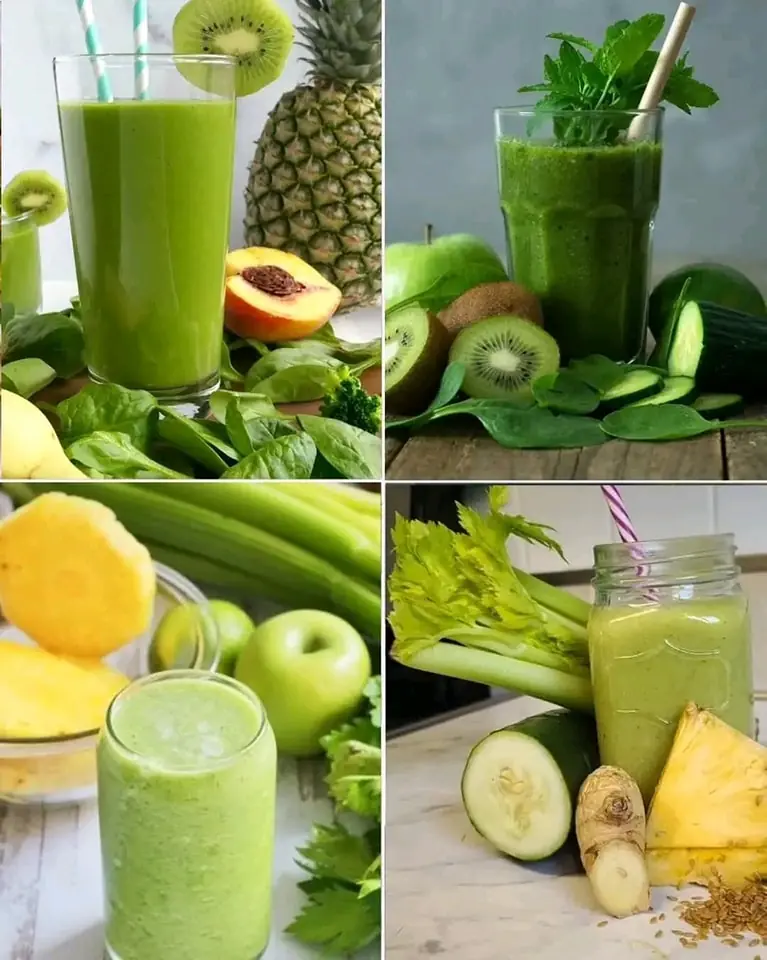
Growing and Using Lovage: The Overlooked Herb Every Garden Needs
Lovage (Levisticum officinale) is an ancient herb with a rich history in culinary and medicinal traditions. Often referred to as a “forgotten herb,” lovage has fallen out of favor in modern gardens despite its exceptional flavor, versatility, and health benefits. This perennial plant deserves a spot in your garden for its ease of cultivation and diverse uses. Here’s everything you need to know about growing and using lovage.
The History and Characteristics of Lovage
Lovage is native to southern Europe and the Mediterranean region, where it was widely used by the Greeks and Romans. Known for its strong, celery-like flavor, lovage was a staple in kitchens and apothecaries for centuries. Its botanical name, Levisticum officinale, reflects its historical medicinal importance.
 The plant is characterized by its tall, hollow stems, feathery leaves, and yellow-green flowers that appear in umbels. It can grow up to 6 feet tall, making it a striking addition to any garden.
The plant is characterized by its tall, hollow stems, feathery leaves, and yellow-green flowers that appear in umbels. It can grow up to 6 feet tall, making it a striking addition to any garden.
Why Grow Lovage?
1. Flavorful and Versatile
Lovage offers a unique flavor that is a blend of celery, parsley, and anise. Its leaves, stems, roots, and seeds are all edible, making it an incredibly versatile herb for cooking.
2. Nutritional Value
Rich in vitamins C and B-complex, as well as minerals like calcium and potassium, lovage is a healthy addition to your diet.
3. Low Maintenance
This hardy perennial is easy to grow, requiring minimal care once established.
4. Pollinator Friendly
Lovage attracts beneficial insects such as bees and butterflies, helping to support local ecosystems.

How to Grow Lovage
Growing lovage is simple, even for beginners. Here’s a step-by-step guide:
1. Choosing the Right Location
Lovage thrives in full sun to partial shade. Choose a spot in your garden that receives at least 6 hours of sunlight daily. The plant prefers well-drained, rich soil with a slightly alkaline pH (6.5 to 7.5).
2. Planting Lovage
From Seeds:
Sow lovage seeds directly in the garden in early spring, as soon as the soil is workable. Alternatively, start seeds indoors 6-8 weeks before the last frost and transplant them outside once the danger of frost has passed.

From Divisions:
You can also propagate lovage by dividing an established plant. This method is faster and ensures genetic consistency.
3. Watering and Feeding
Lovage requires regular watering, especially during dry spells. Keep the soil consistently moist but not waterlogged. Fertilize the plant with compost or an all-purpose organic fertilizer in early spring to promote healthy growth.
4. Mulching and Pruning
Apply a layer of organic mulch around the base of the plant to retain moisture and suppress weeds. Prune the plant regularly to encourage bushier growth and remove dead or yellowing leaves.
5. Harvesting Lovage
Leaves: Harvest young leaves throughout the growing season for the best flavor.
Stems: Cut the stems when they are tender for use as a celery substitute.
Roots: Dig up the roots in the fall for medicinal or culinary use.
Seeds: Collect seeds in late summer once they have dried on the plant.

How to Use Lovage
Lovage is a true “all-purpose” herb, with applications in cooking, natural remedies, and even garden maintenance.
Culinary Uses
Leaves:
Use fresh leaves to add a celery-like flavor to soups, stews, and salads.
Chop them finely and mix into dips, dressings, or compound butters.

Stems:
Substitute lovage stems for celery in recipes.
Use hollow stems as natural straws for Bloody Marys or herbal cocktails.
Roots:
Cook lovage roots like parsnips, roast them for a side dish, or mash them for a creamy texture.
Seeds:
Add lovage seeds to bread dough, pickling brines, or spice mixes for a robust flavor.
Medicinal Uses
Lovage has a long history as a medicinal herb. Always consult a healthcare professional before using it medicinally.
Digestive Aid: Lovage is known to ease indigestion, bloating, and gas. Make a tea by steeping fresh or dried leaves in hot water.

Diuretic Properties: It helps reduce water retention and promotes kidney health.
Respiratory Health: Lovage can be used to alleviate symptoms of colds, such as coughs and sore throats. A tea made from the leaves or roots is soothing and beneficial.
Skin Care: A poultice made from lovage leaves can help treat minor skin irritations.
Garden Uses
Companion Planting:
Lovage can improve the growth of nearby plants by attracting pollinators and repelling harmful pests.
Natural Fertilizer:
Chop up lovage leaves and add them to your compost or use as green mulch.
Tips for Success with Lovage
Divide Mature Plants: Divide lovage every 3-4 years to prevent overcrowding and ensure vigorous growth.
Protect from Frost: In colder climates, mulch heavily around the base of the plant in late fall to protect it from freezing temperatures.
Control Pests: While lovage is relatively pest-resistant, keep an eye out for aphids or leaf miners. Use organic pest control methods if needed.
Why Lovage Deserves a Comeback
Despite its rich history and myriad uses, lovage has been overshadowed by more popular herbs like parsley and basil. However, its robust flavor, versatility, and ease of cultivation make it a worthy addition to any garden. Growing lovage reconnects us with forgotten culinary traditions and provides a sustainable, natural resource for both the kitchen and the medicine cabinet.
News in the same category


The husband slapped his wife in front of his friends to show off — but her act of revenge left everyone shocked and speechless
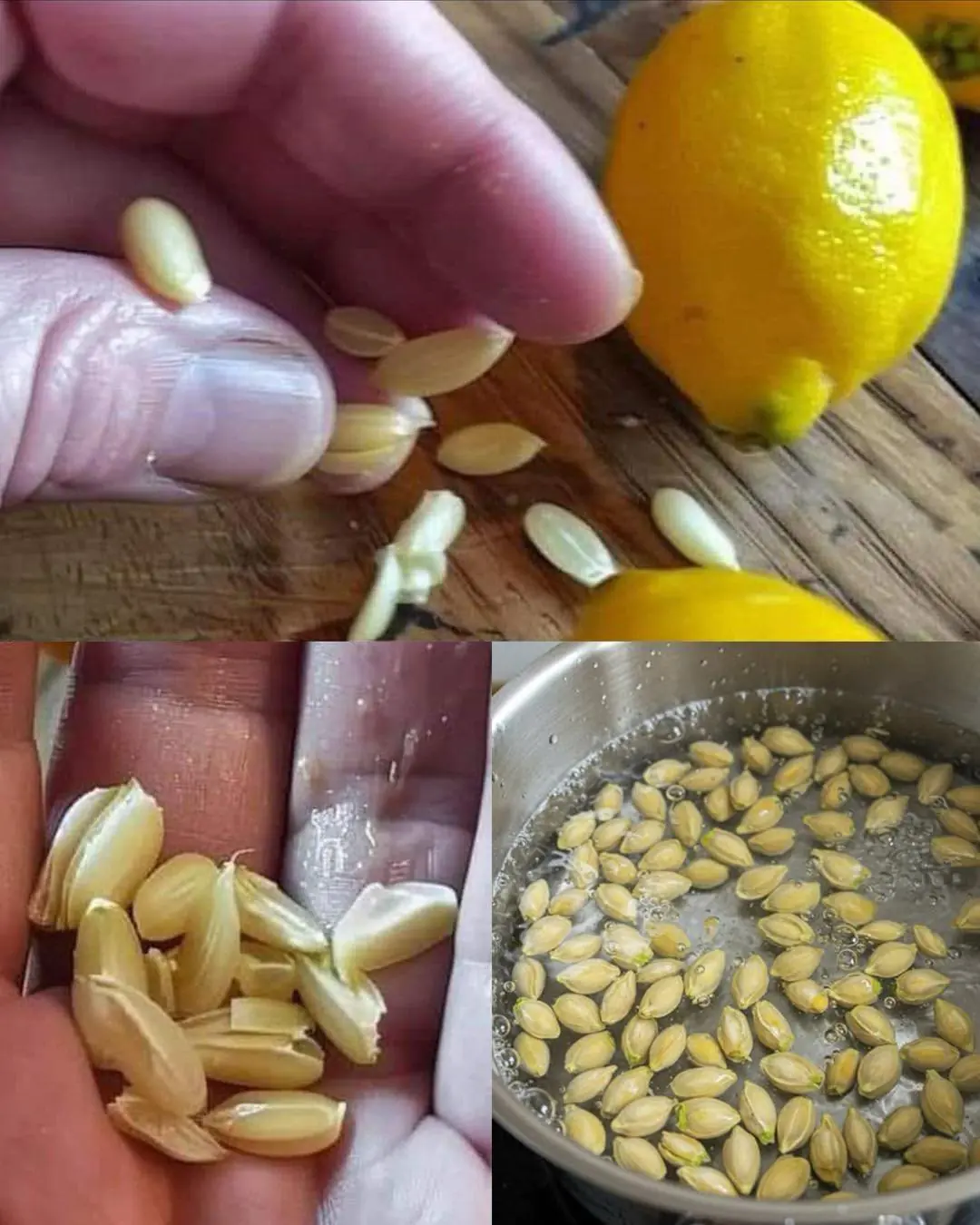
10 Clever Ways to Reuse Lemon Seeds at Home
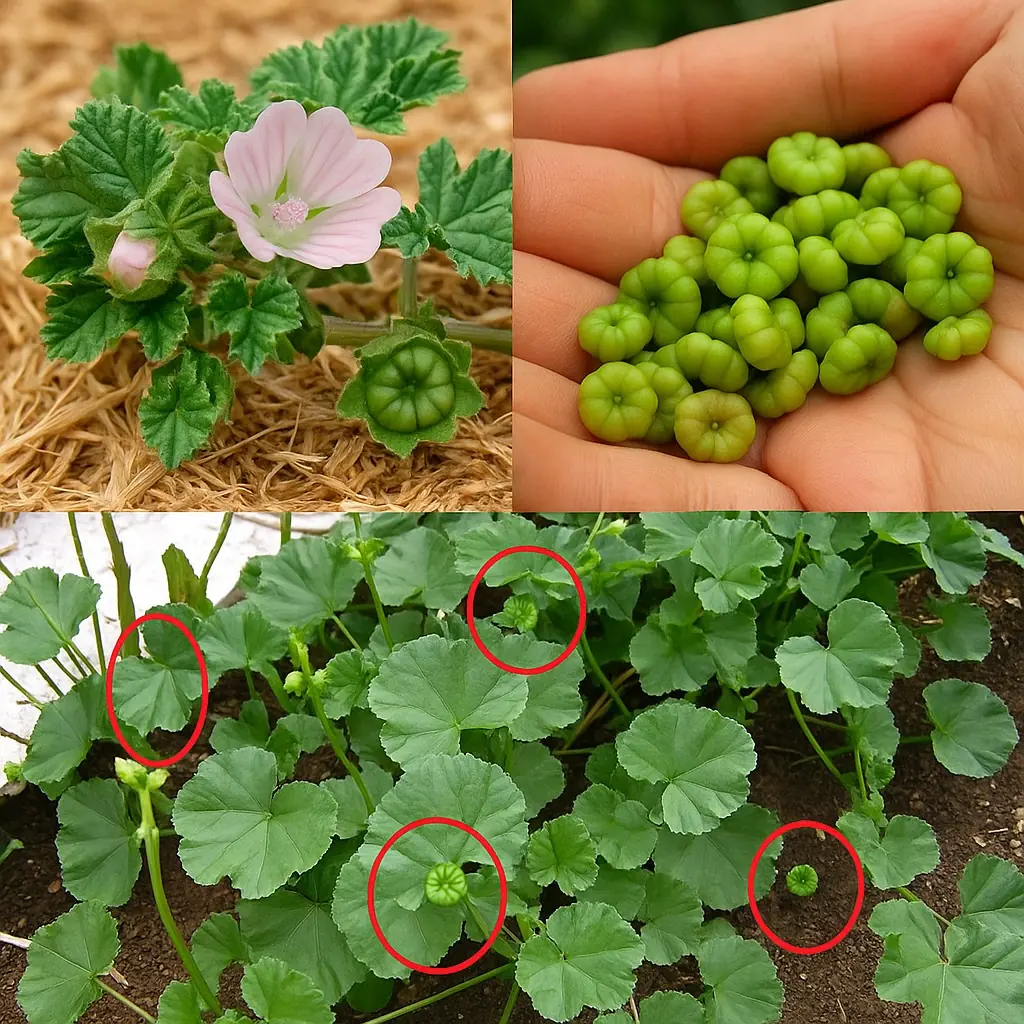
Unlocking the Secret Health Benefits of Common Mallow: Nature’s Wonder Herb for Wellness
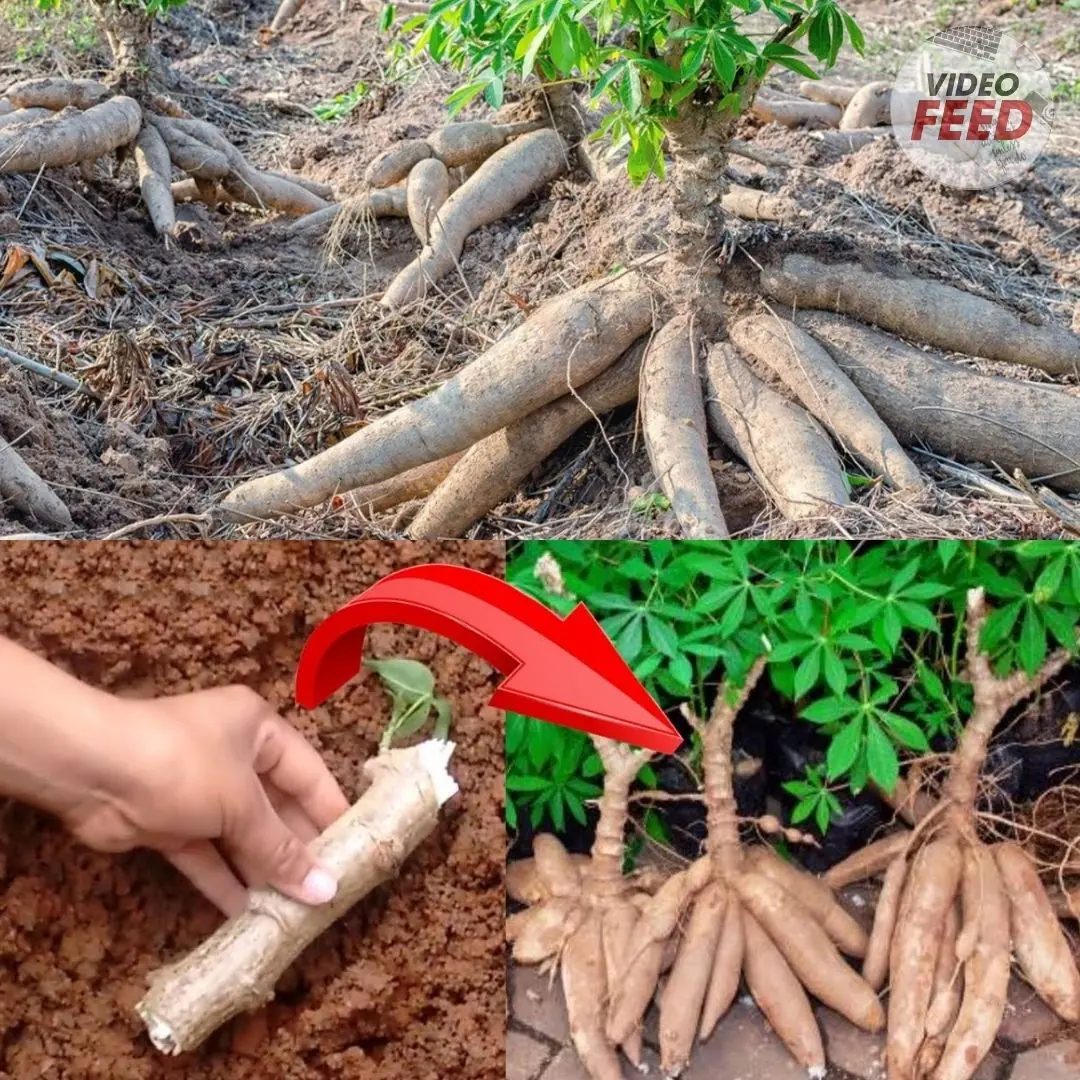
Essential Knowledge for Growing Cassava Successfully
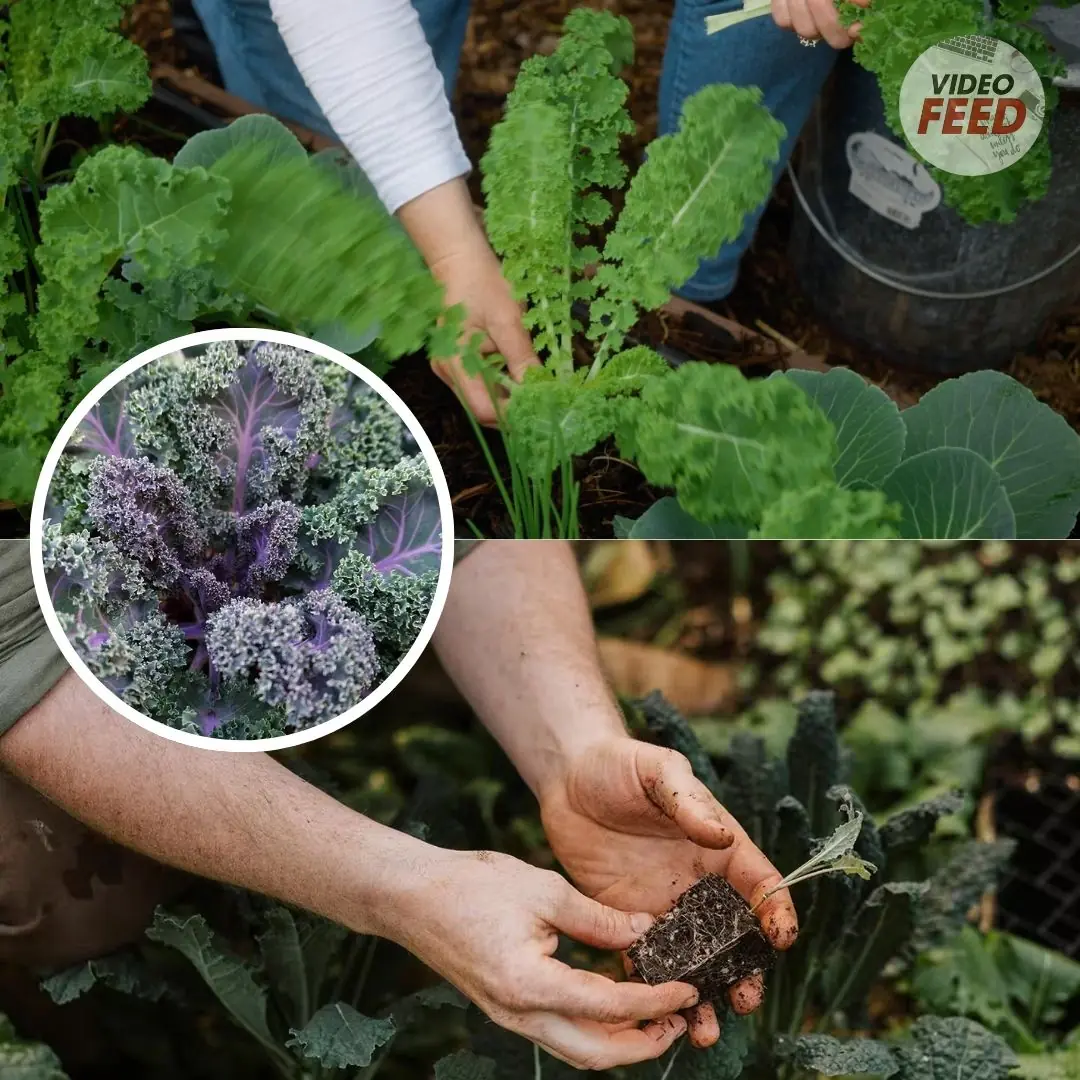
Growing Kale: Planting, Care, and Harvesting Tips
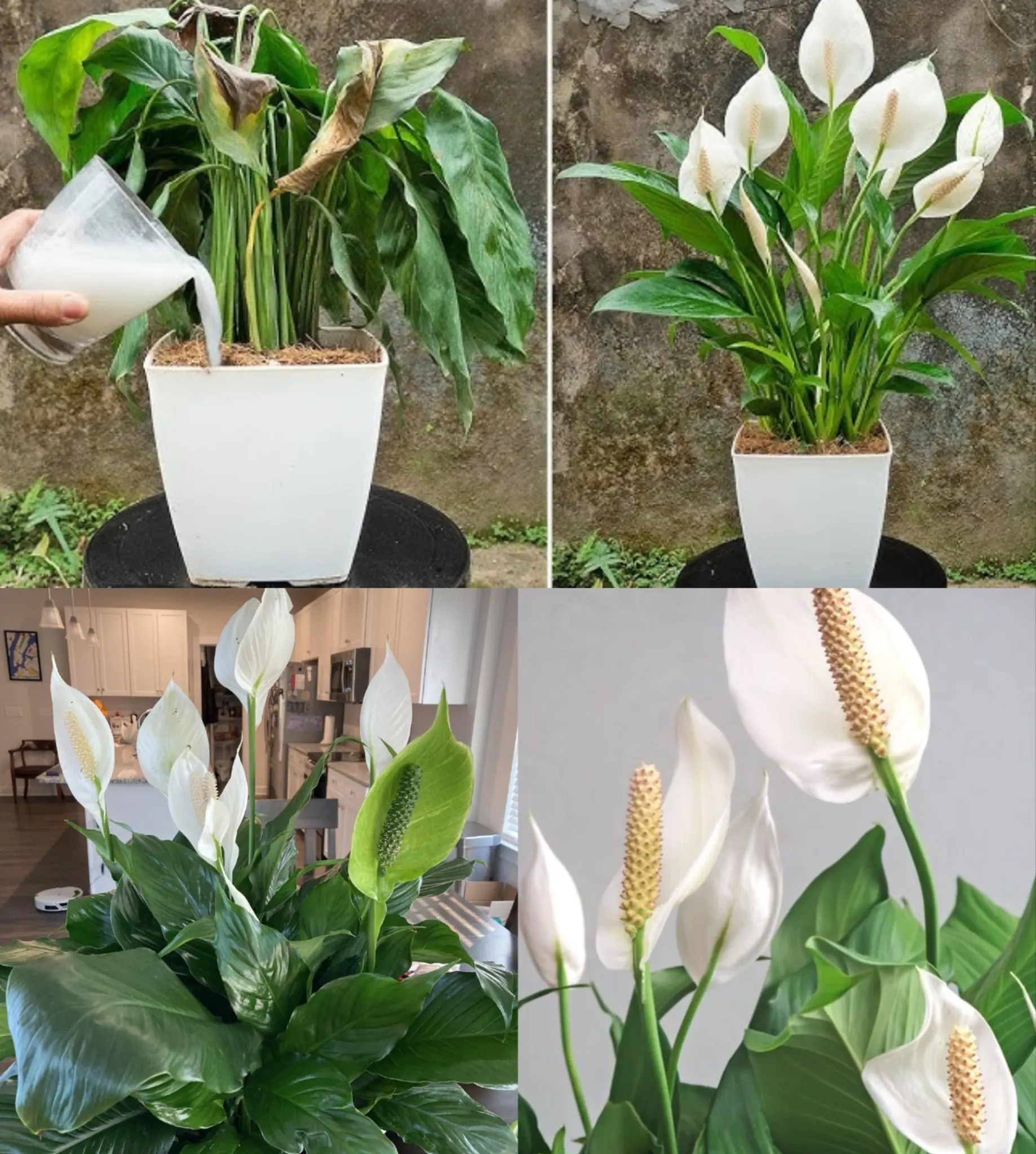
Just 1 Cup Makes Peace Lilies Bloom with So Many Flowers

How to Grow Watermelons at Home: A Guide for Small Spaces & Balconies

How to Grow a Banana Tree at Home and Never Buy Bananas Again
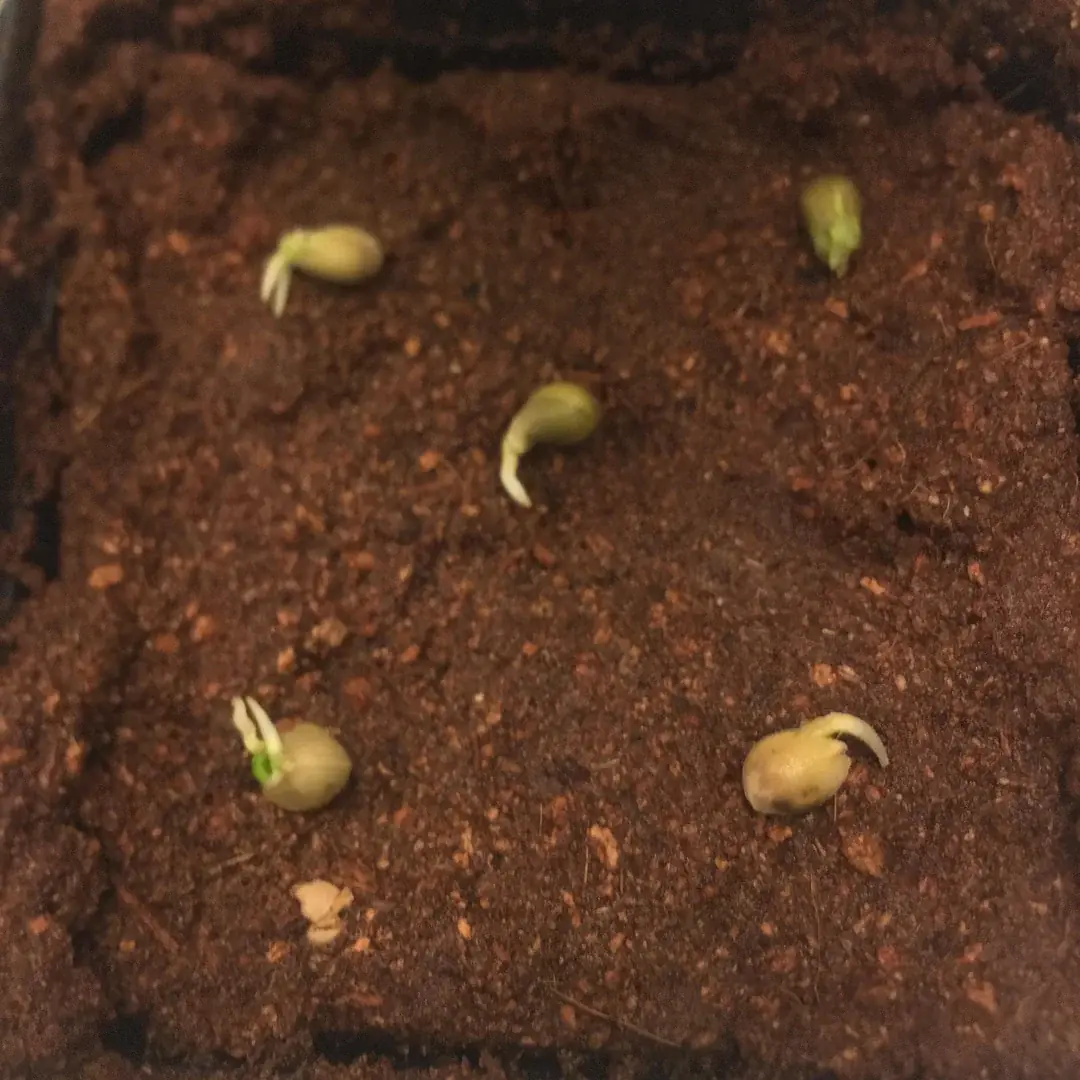
Here’s How to Grow Calamansi at Home — No Farm Needed

How to grow tulips indoors – a step-by-step guide to forcing these beautiful bulbs
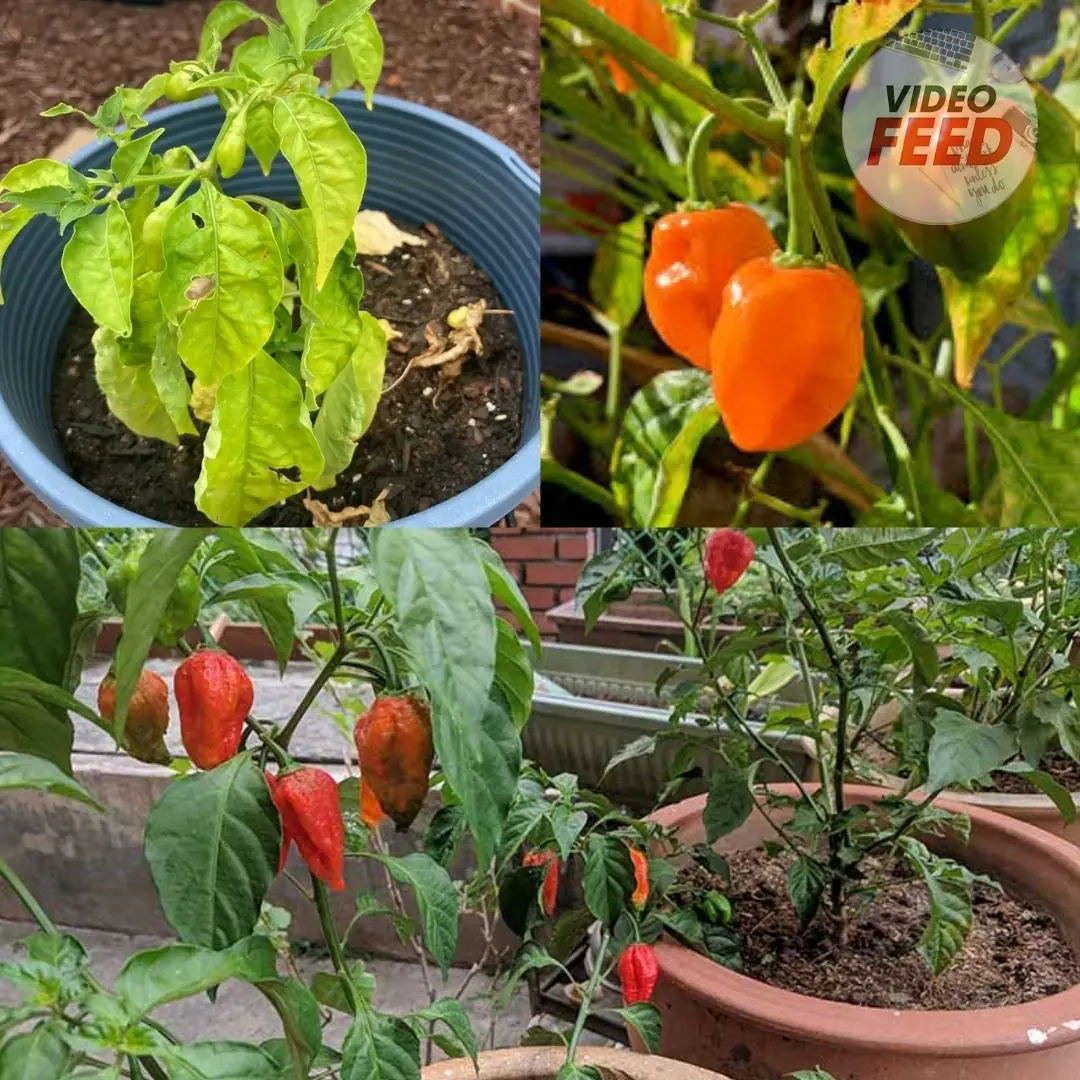
How to Grow Habanero Peppers in Pots
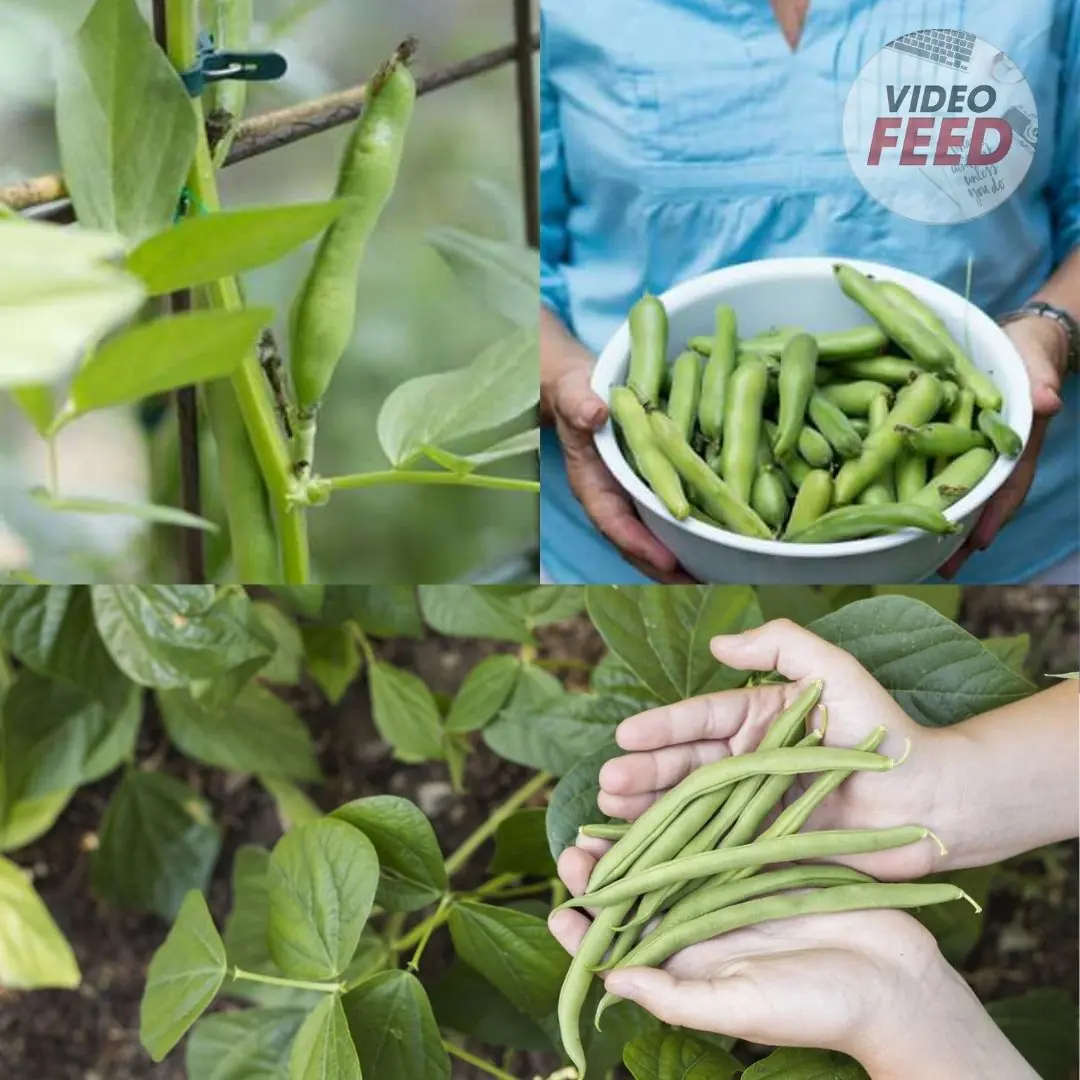
Grow These 5 Garden Beans This Summer
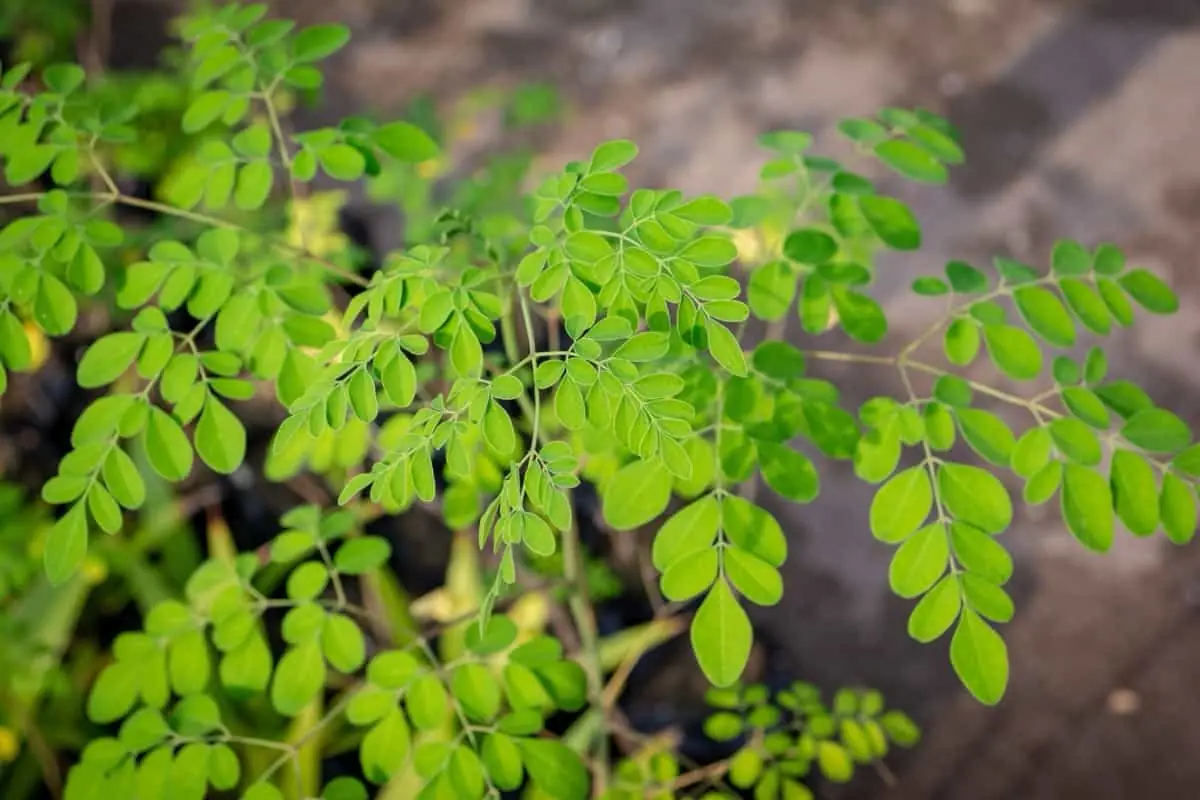
Why Asians Are Rushing to Grow This “Miracle Tree”: Heals Like Medicine, Sells Like Gold

How to Grow and Care for Dieffenbachia
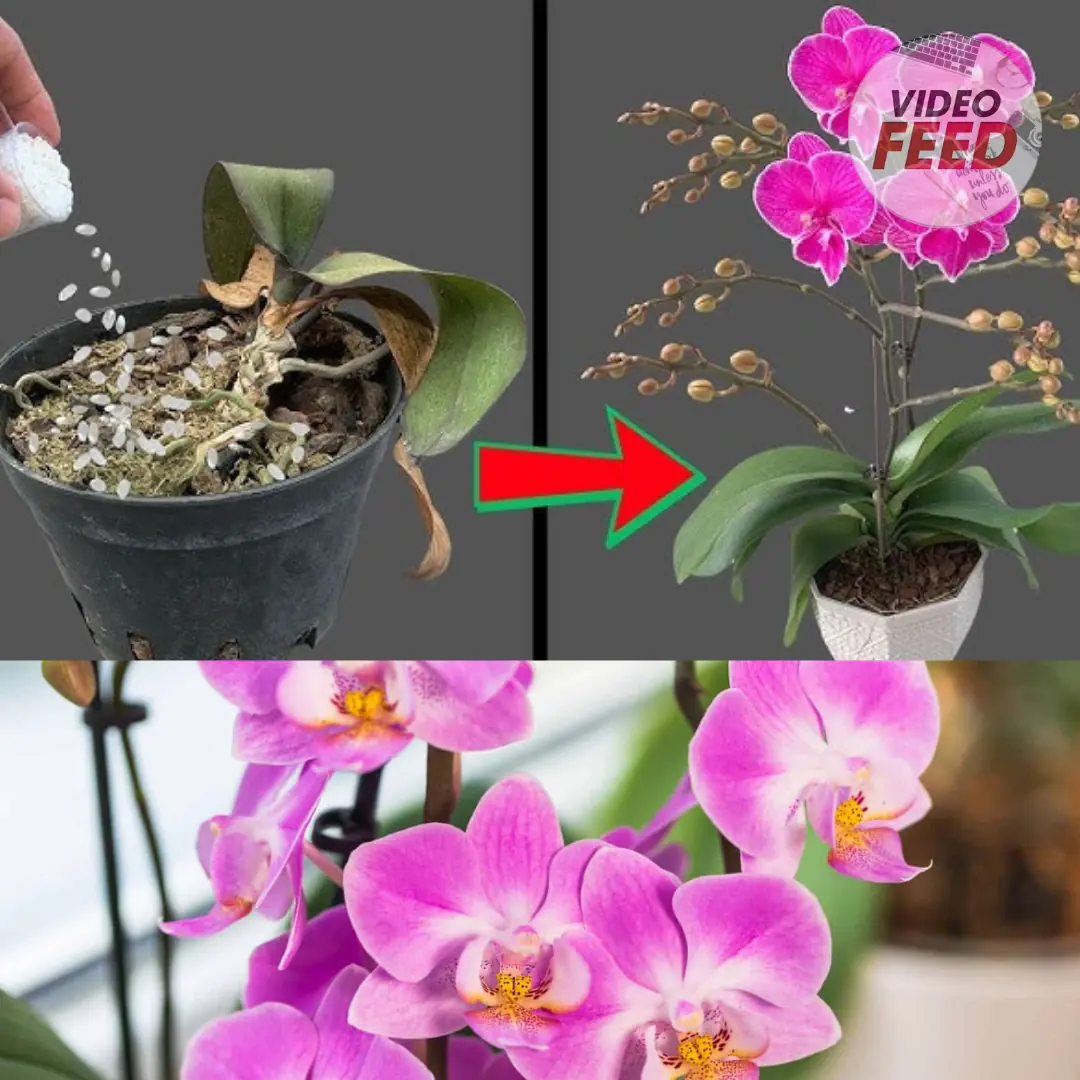
How to Grow and Care for Phalaenopsis Orchids Indoors
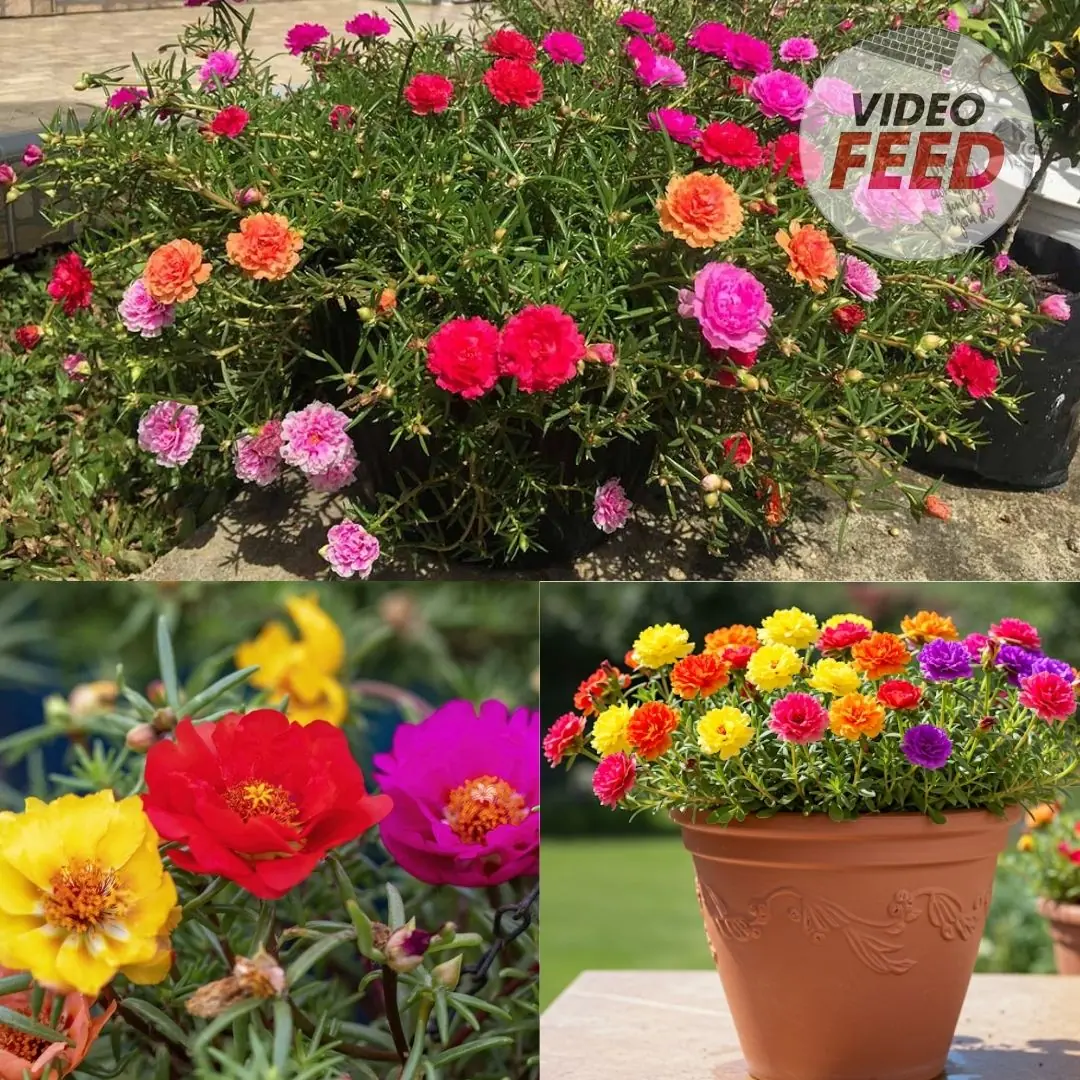
Portulaca in Pots: The Complete Guide to Growing Colorful & Drought-Tolerant Flowers Outdoors
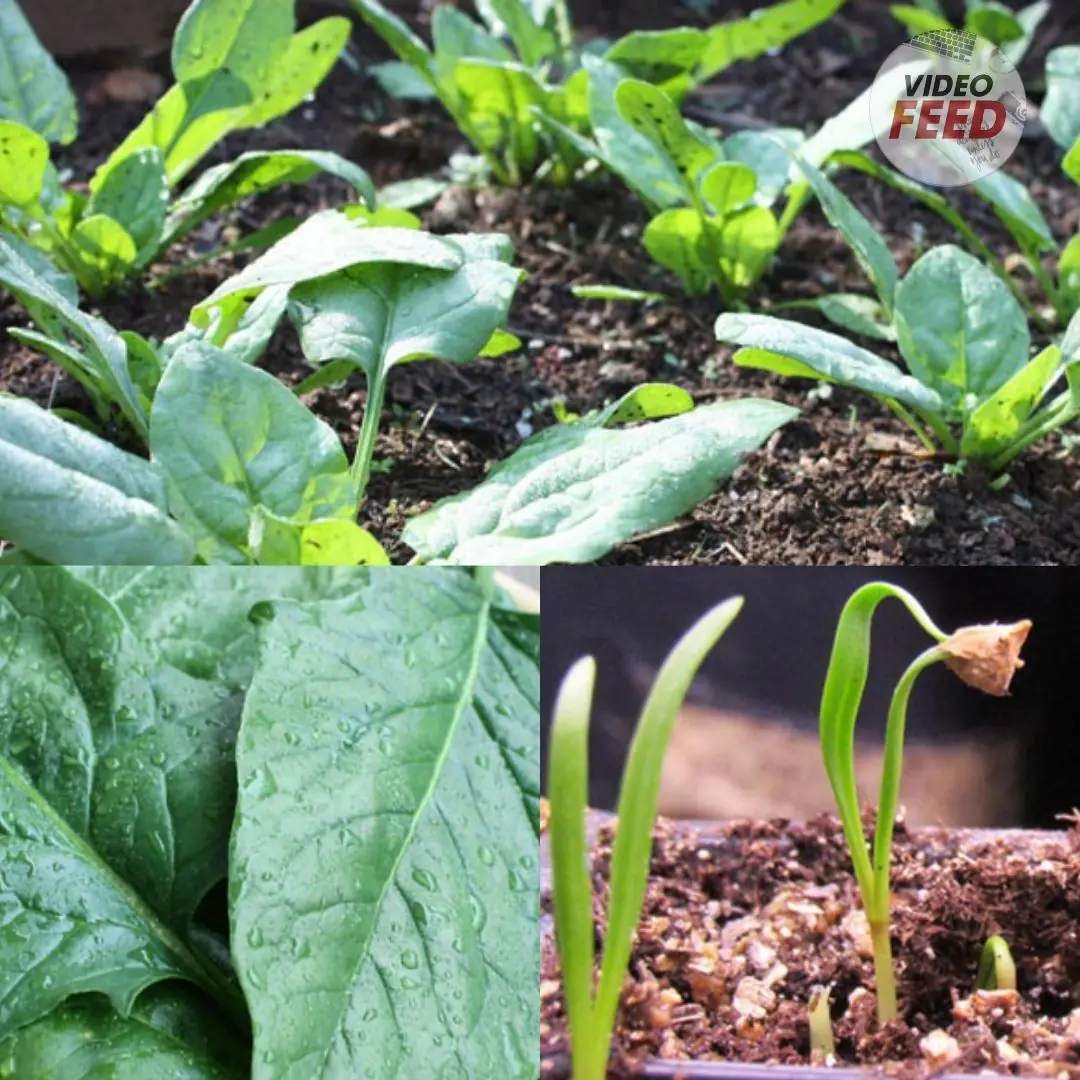
10 Tips for Growing Superb Spring Spinach
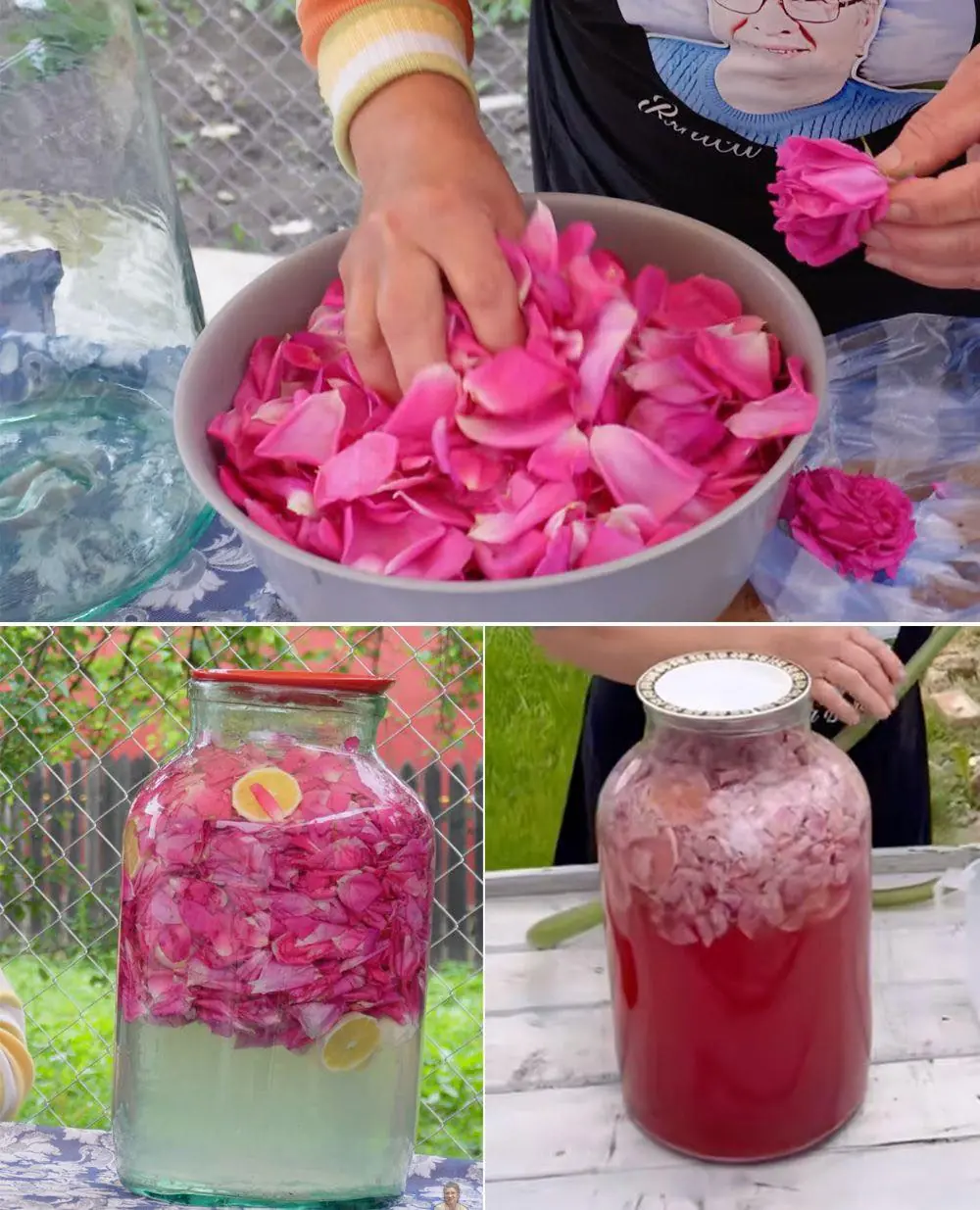
How to Make Rose Petal Lemonade – A Refreshing Homemade Drink
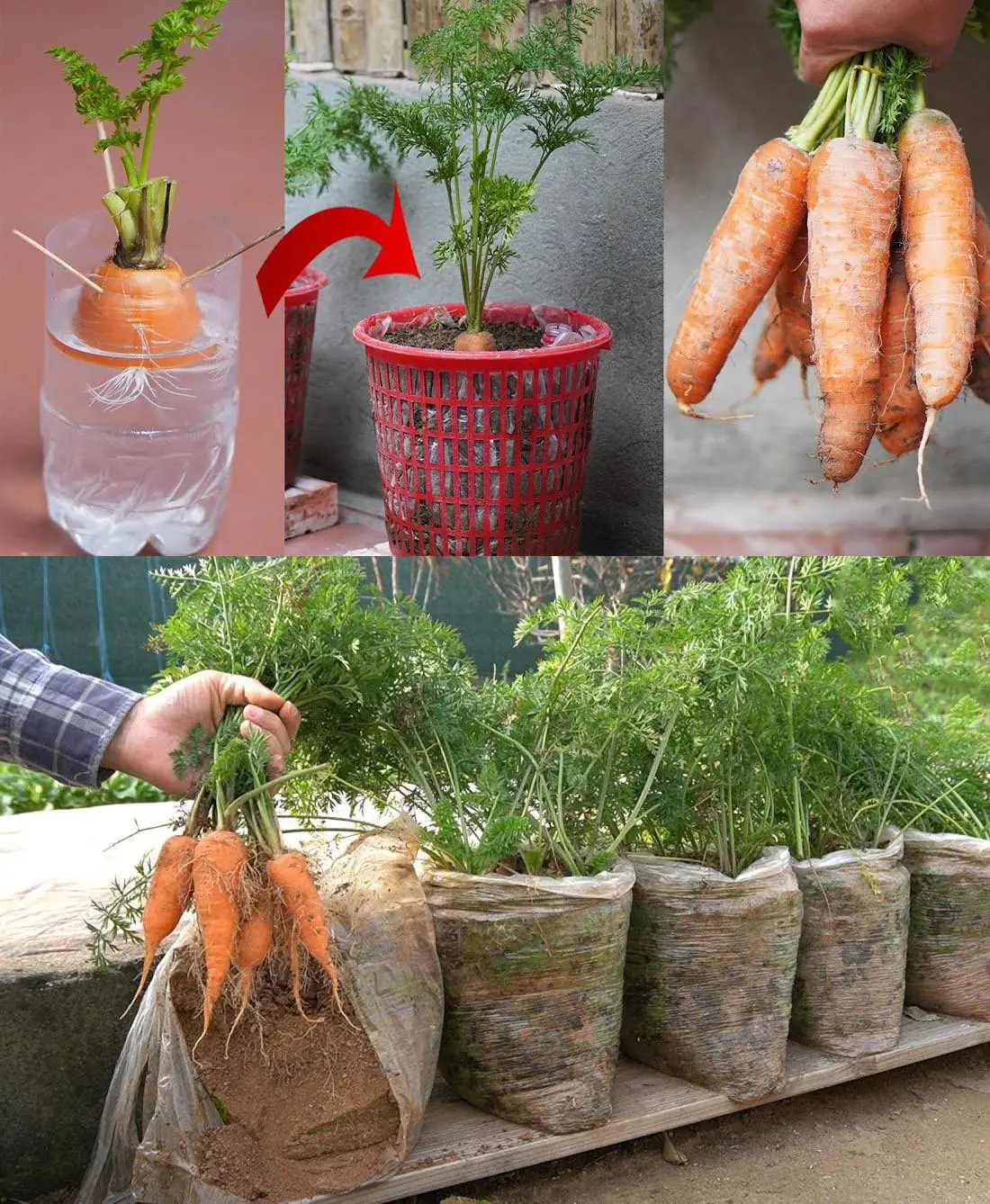
How to Grow Carrots at Home in Containers Starting with a Single Carrot
News Post

If you drink lemon water every morning, this is what happens to your body

I truly am bothered by these!

Stanford researchers identified a specific circuit within the amygdala

Searching for Truth in Bones: The Mysterious Relics of Mary Magdalene
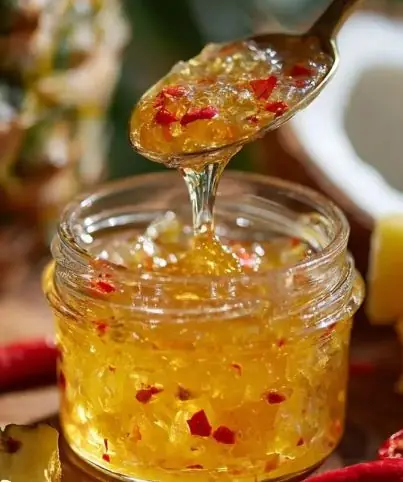
Coconut–Pineapple Chili Island Ja
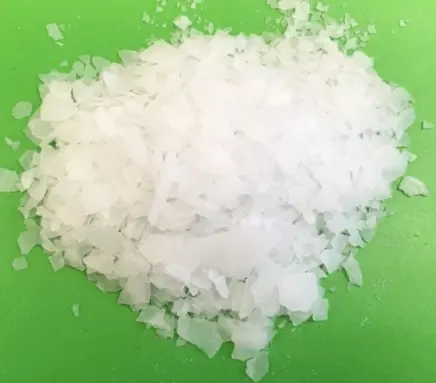
This One Superfood Could Tackle Major Health Issues—Here’s What You Need To Know

If Cancer Is Developing in the Body, These 3 Nighttime Signs Often Appear — But Many People Ignore Them

36-Year-Old Teacher Dies From Diabetes Doctors Say Was Triggered By Everyday Foods

Husbands With These 2 Bad Habits May Put Their Wives at Higher Risk of Breast Cancer - Stop Them Now Before They Harm The Whole Family

Discover Love in the Little Things: Everyday Connections
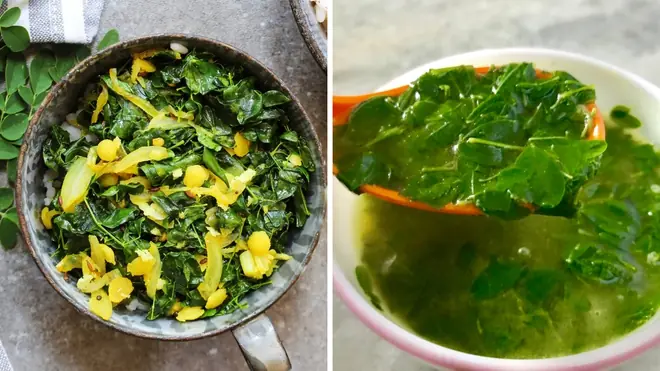
The Vegetable Known as a “Bedroom Superfood”: Beneficial for Both Men and Women

Your Appendix May Be in Trouble: 4 Warning Signs

Tips to Stop Stomach Growling

Your Thyroid Is Begging You to Stop Eating These 6 Foods Immediately!

Feng Shui masters say these 4 apartment floors bring wealth and stability — are you living on one of them?

These 4 morning symptoms may be the earliest warning of lung cancer — don’t overlook them

Doctors rarely explain it, but constant phlegm often comes down to 4 overlooked causes...

Snake bi.te - don't panic, do the following

7 household items you should NEVER unplug. Number 3 shocks everyone
